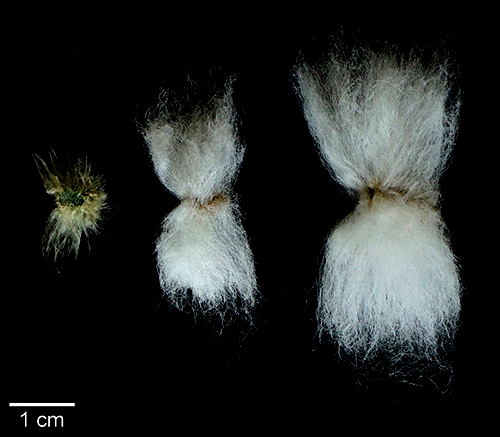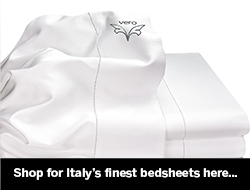Luxury bed linens can last 10 to 12 years if properly cared for.
Updated 1/2020
High-quality bed sheets, if properly cared for, can last for many years. However, several factors can detract from their life. Lower-quality sheets typically wear out sooner.
Many think that luxury or high-quality sheets are delicate; this is not the case.
Things that can provide longer life to a sheet.
Higher quality grades of cotton:
- Because more expensive sheets are typically made from higher-quality cotton, they should outperform lower quality lesser costly sheets.
- The grade of cotton is one of the key ingredients in the life of a bedsheet.
- Cotton is graded based on several different characteristics.
- Fiber length and strength are 2 of the more relevant attributes that influence the longevity of a bedsheet.
- Sheets produced from long and extra-long-staple cotton, which are exceptional grades, should feel nicer to the touch and last longer than sheets made from sub-standard cotton.
- Shorter fibers can contribute to a sheet pilling.
- Fabric made from shorter fibers can also unravel easier, overtime these loose fibers may break off.
- Higher thread count sheets contain more cotton, so they may last longer than lower thread count sheets.

Avoid high heat in the washer and dryer:
- Wash and dry in a cool setting.

- Only wash one set of sheets at a time; doing so will keep your sheets cleaner and reduce stress on the fabric created from an overloaded wash machine.
Use a mild detergent:
- Consider a detergent such as Dreft or Ivory, better yet, consider using Le Blanc linen wash – sold here.
- Avoid bleach and brighteners.
Things that can detract from a sheet’s life.
- Low grades of cotton:
- Notice the difference in the length of these cotton fibers.
- Exposure to high heat.
Harsh detergents and abrasion:
- Detergents such as Tide and All contain brighteners, which are bleach derivatives.
- Body hair stubble can abrade the sheets.
- Likely not controllable, restless sleepers and heavier people create more friction and wear on a bedsheet.
You may also enjoy the following articles:
- Buying Bed Sheets, how often should you wash them?
- Why thread count is not that important.
- Are expensive sheets worth the price?
Bed Sheets FAQ.
What is Thread Count, and is it important?
- Thread count does not define a sheet's quality.
- Thread count is the number of warp and weft threads found in one square inch of fabric.
- To learn why thread count is a secondary consideration when selecting bed sheets, read our article “what is thread count”.
What are the different fibers used in the construction of bed sheets?
- Cotton is the most popular.
- Bed sheets are also made from linen, silk, modal, bamboo, microfiber (polyester), cotton-poly blends, and satin.
- To learn about the differences between these fabrics, read our articles on “different fibers used in bedsheets”.
What is the difference between a percale and sateen weave?
- There are several types of weaves found in bedsheets, twill, jersey, oxford cloth, but percale and sateen are the two most popular.
- Read our article on “the difference between percale and sateen” to learn more.
What is the best way to care for bed sheets?
- Mild detergent, cool to warm washing and drying settings.
- Read our article “how to properly care for bed sheets” for additional information and instructions.
Do 100% cotton sheets wrinkle?
- Yes.
- We have found that as a bed sheets ages and the fibers relax they are will wrinkle less.
- There are things you can do in the wash and dry cycle to mitigate wrinkles.
- Read our article “how to get wrinkles out of your bedsheets without an iron” to learn more.
How can one prevent white bedsheets from turning yellow?
- Sheets yellow for many reasons.
- Not washing them as frequently as you should.
- Using too much detergent.
- Using fabric softeners or dryer sheets.
- Read our article on “how to keep bed sheets white” to learn more.
